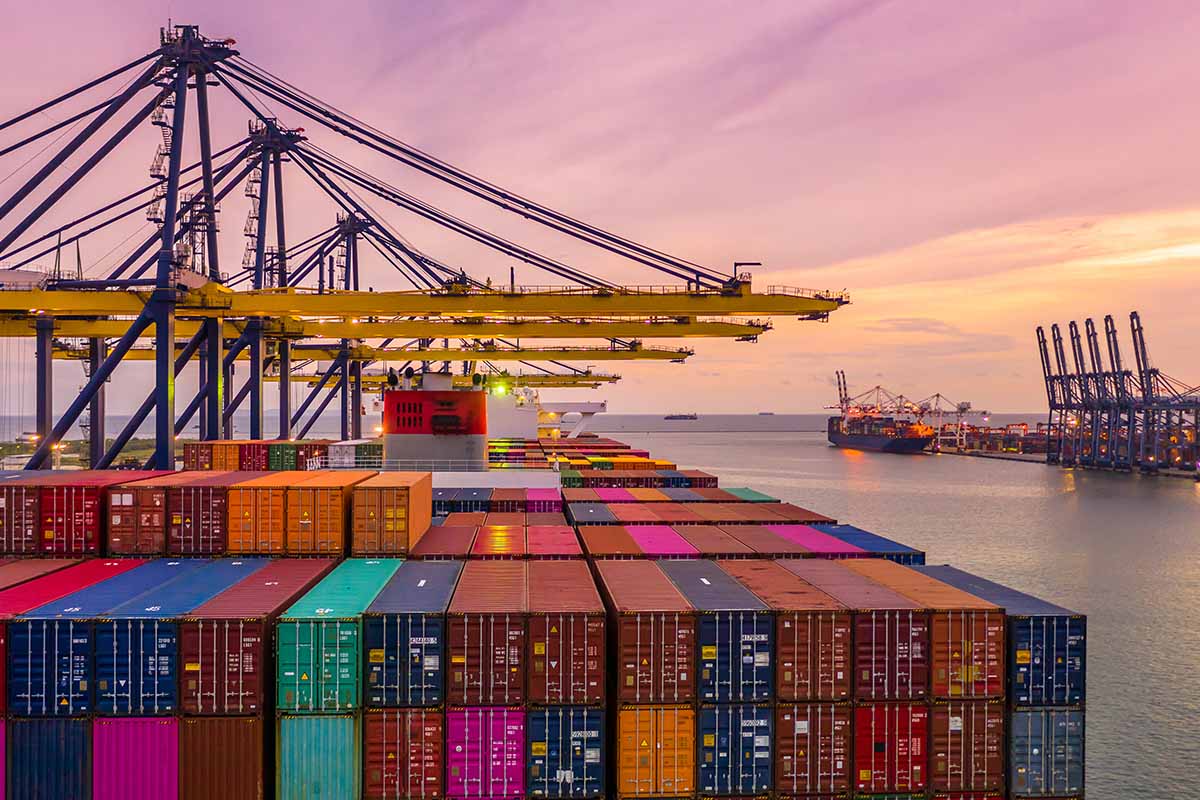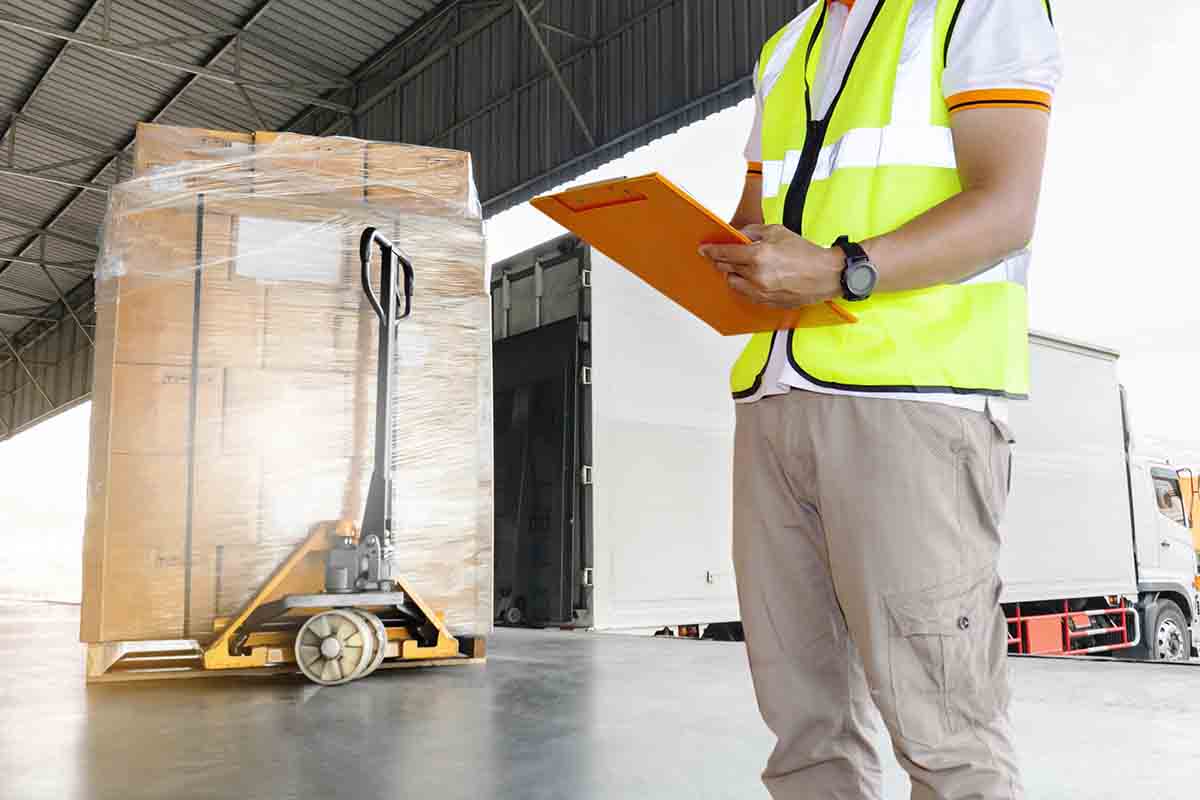Cost-Effective Logistics Solutions for Businesses Across All Industries
A cost-effective logistics network plays an essential role in the operation of economic systems across the globe. Many business managers have found ways to reduce manufacturing and labor costs over the years.
But, many businesses still struggle to find ways to reduce logistic operation costs. Logistic costs are estimated to account for 9% to 20% of a country’s GDP, with more developed economies displaying lower logistic costs as a percentage of their GDP.
Cost-Effective Logistics: What Do Logistics Operations Comprise Of?
Logistics operations focus on the forward and reverse flow and storage of goods, services, and information between manufacturers and their clients. Managing the logistic operations for a physical item typically involves a sequence or combination of information flow, handling, production, packaging, inventory, transportation, storage, and security. During the handling process, custom moving skates can be useful to take the weight of the load and prevent workers from straining themselves.
Logistic costs generally include transportation, labor, and administrative costs. The level of logistic costs can be dependent on the industry type. Industries such as food, metal, chemical, and paper manufacturing exhibit relatively high logistic costs.
Reducing Logistic Operation Costs
There are numerous ways for businesses to reduce the costs of their logistic operations. Savings can be created within the various processes related to supply chain management and supply chain engineering. Some of these cost-effective solutions are outlined below.
Saving On Fuel Costs
Fuel costs comprise a large percentage of transport costs for physical goods. One way in which businesses can save on fuel costs is to consolidate their shipment loads. Smaller businesses often rely on pricier, less-than-truckload (LTL) shipments to transport their goods, as their shipment volume is relatively small.
These businesses could opt to consolidate their shipments alongside other companies’ shipments being sent to the same location as a way of sharing fuel costs. Third-party companies that provide services for logistics, such as Stockwell International, offer consolidation services to help reduce shipping costs for businesses.
Efficient Use of Storage Space
Businesses can also cut costs by increasing their storage density through improved floor-space utilization. This can, in turn, create savings in labor, warehousing, and shipping costs. One way to increase your storage density is to use square containers for liquids instead of round drums.
This allows you to store a larger volume of liquid in your warehouse as the wasted empty spaces between containers are reduced. Hiring a good warehouse manager can also be an effective way to improve storage density.
Experienced managers can analyze departmental space and organize warehouses. So, that frequently transported goods are situated in easy to access areas while less frequently transported goods are organized in areas where they won’t interfere with the transportation of others.
Improved Planning
A well-planned production schedule that takes shipping routes and transit time into account can boost the efficiency of your operations. Planning allows you to allocate resources most cost-effectively for performing operations.
It can also reduce the likelihood of delays occurring and deadlines being missed. Such planning systems can also be automated for better efficiency and precision. However, this automation may take time to implement, depending on the size and type of operation. Companies offering third-party logistics services often use automated systems for planning to ensure they’re able to meet deadlines from multiple businesses with various freight volumes. If your business cannot implement complex planning or automation in its logistic operations, it may be wise to seek services from third-party logistic providers.
Prioritize Preventative Maintenance
Equipment breakdowns can interrupt processes in your operations chain and jeopardize the safety of your staff. The costs of unexpected breakdowns can be incredibly high if they are not taken into consideration.
It is important to engage in good preventative maintenance practices to ensure breakdowns are minimized. Such breakdowns can create unexpected delays that can affect other areas of your logistics operations and temporarily waste resources that are on the clock.
As Red Stag explains in this post on order fulfillment logistics, the in-house business model isn’t always the most productive, especially for small businesses. To combat this, your warehouse should have experienced mechanics that conduct regular equipment inspections to ensure they’re in working order and keeping up with logistics industry trends.
Cost-Effective Logistics: Automating the Transport Management System
Systems used to manage transportation and freight departments can be automated to save on labor costs. They can also be used to save on energy and material costs and improve the quality and accuracy with which tasks are completed.
Manual data entry errors can become quite costly for businesses as individual errors tend to add up over time. Automating repetitive high-volume processes can reduce the likelihood of errors occurring. It also frees up labor so they can be allocated to higher-value tasks.
Automation can also streamline communications between departments in logistics operations chains. Departments with faster access to information and updates can perform their processes more efficiently and with fewer mistakes from miscommunication.
Infographic created by Track Your Truck, a GPS vehicle tracking devices provider




















